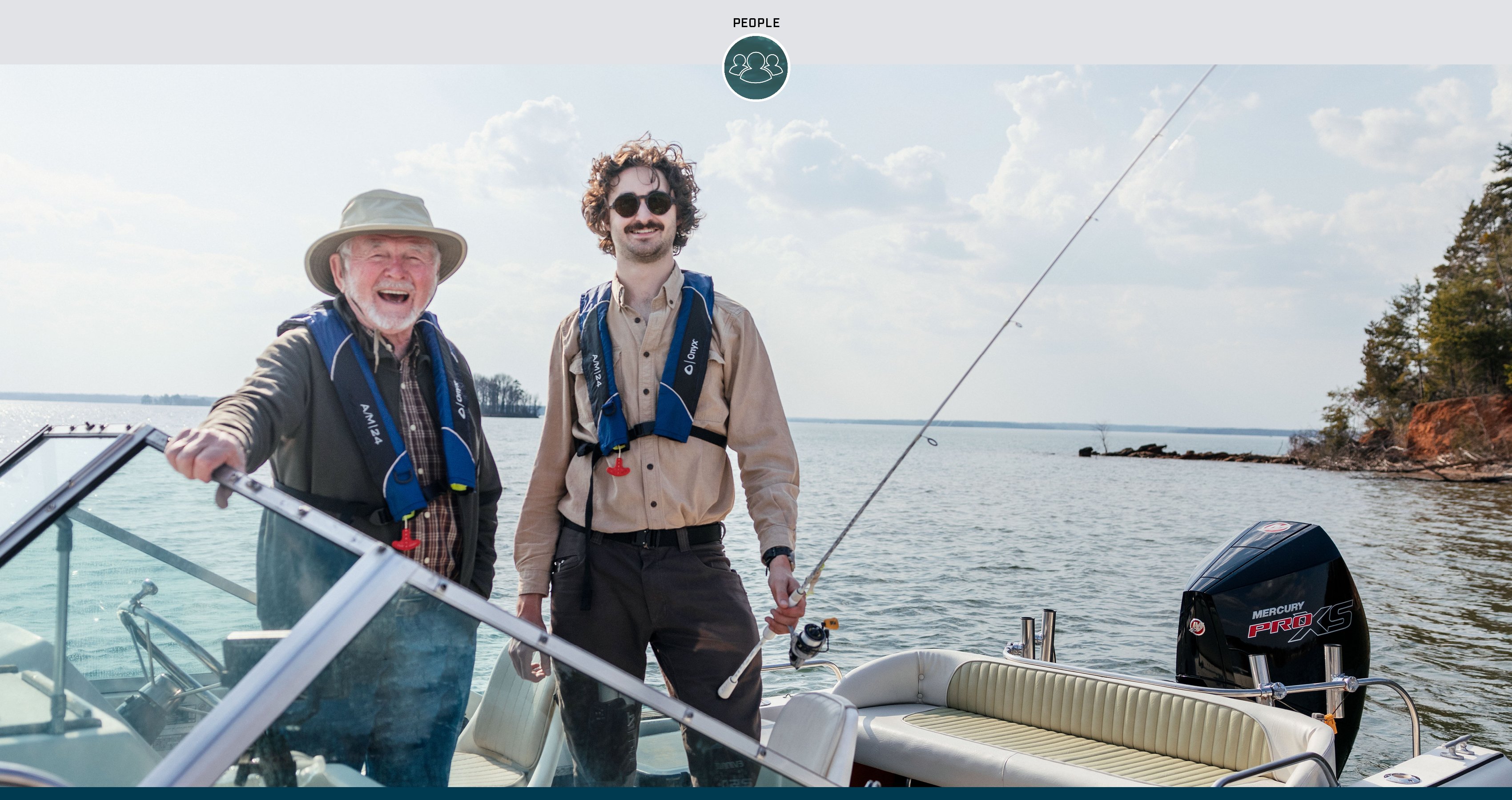If you have fished big lakes for any length of time, you know that feeling when it’s time to return back to the ramp, but the water has become quite a bit bumpier than it was in the morning. Crossing the middle of the lake or large bay might require traversing some rollers for quite a few miles.
Mercury Pro Team member Mark Zona, host of Zona’s Awesome Fishing Show, knows this feeling all too well. As a Michigan native, Zona grew up fishing the Great Lakes, so he knows a thing or two about making long runs in rough water. In 37 years of running the big waters on the Great Lakes he has never speared a wave.
His secrets?
“If you have a Mercury Pro XS on the transom, I have good news,” Zona says. “You are in good hands. I have been running Mercury products for 25 years now and I can tell you this, that motor is going to do its job. But as the boat operator, you have to do your job as well.”
How to Run a Bass Boat in Rough Water
The job Zona is referring to is to keep the boat running safe, dry and under control at all times. Spearing waves, pitchpoling or allowing a wave to catch you from behind and crash onto the back deck can start a string of repercussions that makes controlling the craft very difficult. The conditions might be rough, but it’s imperative to control the immediate operational environment of the boat every second with pace and power.
“Before you begin to cross the big water, the first step is to lock up, strap down and secure everything on the boat.” Zona advises. “Double strap trolling motors and electronics, put all rods and tackle under the deck and latch the lids tight. Obviously, everyone on board needs to be in PFD’s and secured in a safe seat. Once you start navigating big water, it will demand every second of your attention – you cannot have the distractions of stuff bouncing around or stop to resecure something.”
Also, before entering the bigger waves of the main body of water, trim the engine all the way down and leave it there for maximum control. Get the boat on plane and then keep it at the lowest speed you can to maintain plane.
“This very condition is why Mercury built the Pro XS four stoke outboard with so much low-end torque,” Zona continues. “In the 2000 to 3000 RPM range is where you will find the most variable power to throttle up, down and around waves. This motor is extremely responsive right where you need the most control in big water.”
Zona emphasizes going slow and taking the time to negotiate waves one at a time. His rules by the numbers are to keep the RPM gage in the 2000 to 3000 range and maintain a speed of about 20 miles an hour.
“The whole key is pace and power,” he says. “Slow your pace and use the low-end torque to control the craft in the conditions you’re dealt. As long as you do that, the Mercury Pro XS will have your back in rough water.”
To learn more about Mark Zona or “Zona’s Awesome Fishing Show,” visit MarkZona.com. You can also follow him on Instagram, Facebook, Twitter and YouTube.







